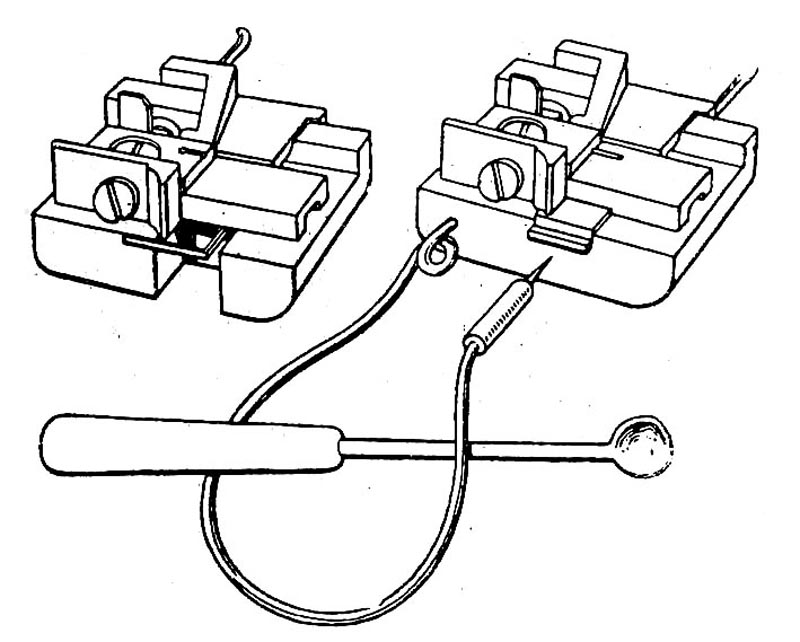GLOSSARY OF TERMS
Hand Press Era: period in which books were printed on hand-operated presses using moveable metal type set by hand, roughly between the mid 15th century and the end of the 18th century.
Printing press: a device for applying pressure to an inked surface resting upon a sheet of parchment, paper, or similar writing support, thereby transferring the ink.
Codex: a book constructed of a number of sheets of parchment or paper (or similar materials) folded and nested to form gatherings and bound along one edge. The common form of a book in the Western world after ca. 350 AD.
Moveable Type
A technology and system for printing in which multiple identical copies of individual characters and punctuation marks are created and arranged to compose lines for a page.
Punch
A long steel bar with a single character carved in relief on the long end. Cutting a punch is the first step in type design and a long and laborious process. To create an entire fount, the punchcutter must replicate this process for every single letter, character, and punctuation mark in the alphabet.
Matrix
A mold for casting a letter, typically a small rectangular block of copper, onto which a letter-shaped cavity has been struck using a punch.
Hand mould
A two-part mould used for casting hand-made type. Slid together, the two parts of the mould create a cavity that adjusts for varying letter widths. A type caster inserts a matrix for a specific letter into the hand mould and fills the resulting cavity with molten type metal, creating a piece of type.
Fount (or Font)
A complete set of letters, numerals, and other symbols, cut and cast in the same style and size.
Composing stick
A handheld tray used by a compositor to set individual pieces of type from the case into a line of type. Multiple complete lines are moved from the composing stick to a galley, creating a complete block of text.
Galley
A large long tray onto which lines of type are transferred when the composing stick is full. Complete pages of text are moved from the galley into the forme.
Forme
The arrangement of all fully composed text blocks to be printed on one side of a sheet, arranged and secured in a chase on the bed of the press, ready to be printed.
Chase
A rectangular-shaped frame in which the complete forme for a sheet is locked for printing using wooden furniture and quoins.
Sheet
A single piece of unfolded, uncut parchment, paper, or similar writing support. During the hand-press era, printing occurred one sheet at a time.
Source: http://cool.conservation-us.org/coolaic/sg/bpg/annual/v02/bp02-06.html
Leaves
A single sheet of paper (or other writing support), folded in half forms two leaves. The terms recto and verso correspond to the front and back sides of each leaf.
Format
The shape and size of a book, determined by how many times the original sheet has been folded to form its constituent leaves.
Folio = folded once to create 2 leaves
Quarto = folded twice to create 4 leaves
Octavo = folded three times to create 8 leaves
Duodecimo = folded four times to create 16 leaves
Chain lines
Lightly visible lines in laid paper caused by the vertical wires of the paper mould displacing fibers during the paper making process.





